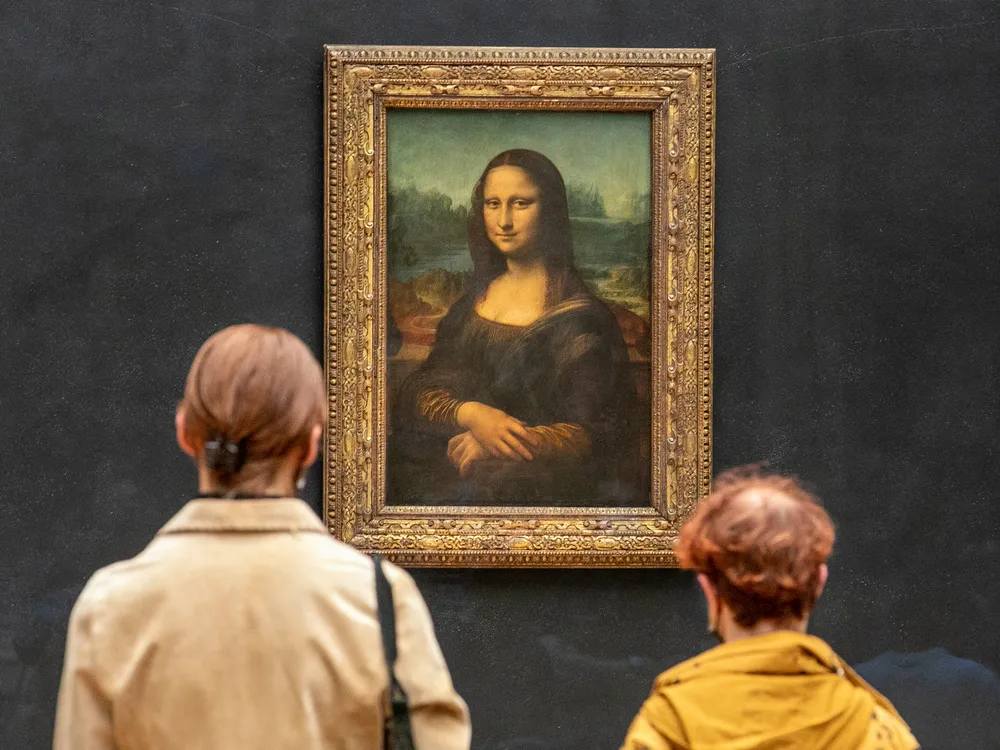
The Mona Lisa: A Masterpiece on Poplar Wood
For centuries, the Mona Lisa has captivated audiences with her enigmatic smile and mesmerizing gaze. Painted by the legendary Leonardo da Vinci during the Renaissance, this masterpiece continues to be the subject of immense fascination, scholarly debate, and artistic admiration. While many focus on the painting’s artistic and historical significance, fewer explore the materials that contribute to its enduring allure. Among these, the wooden panel upon which the Mona Lisa was painted plays a crucial role in its preservation and aesthetic qualities.
But what kind of wood is the Mona Lisa painted on? What materials did Leonardo da Vinci use to create this iconic artwork? To answer these questions, we must delve into the history, science, and artistic techniques of the Renaissance era.
The Wooden Canvas: Why Poplar?
Unlike modern canvases, many Renaissance artists, including Leonardo da Vinci, preferred wooden panels as their painting surface. The Mona Lisa was painted on a single panel of poplar wood (Populus species), a choice that was influenced by the region, the availability of materials, and the painting techniques of the time.
Poplar wood was commonly used in Italy during the Renaissance due to its accessibility and affordability. Unlike oak, which was favored by Northern European painters, poplar was widely available in Italy and easy to work with. Its fine, even grain and relatively smooth surface made it suitable for painting, allowing artists to create detailed, intricate compositions with fine brushwork.
Another significant advantage of poplar is its lightweight yet stable structure. The soft texture absorbs the oil paint effectively, helping to achieve the subtle gradations and sfumato effect that Leonardo perfected in the Mona Lisa. However, poplar wood is not without its disadvantages; it is prone to warping and cracking over time, which has led to conservation challenges for the Mona Lisa.
Materials Used in the Mona Lisa Painting
Leonardo da Vinci was not only an artist but also an inventor and scientist. He meticulously studied materials and painting techniques to achieve groundbreaking effects. The Mona Lisa is a result of his unparalleled skill and deep understanding of pigments, binding agents, and surface preparation.
1. Preparation of the Poplar Panel
Before applying paint, the poplar panel was prepared with a layer of gesso—a white primer made from gypsum (calcium sulfate) mixed with animal glue. This created a smooth, absorbent surface that allowed the paint to adhere better and provided a luminous underlayer that contributed to the painting’s depth and richness.
2. Pigments Used
Leonardo employed a variety of pigments, many of which were ground natural minerals or organic substances:
- Lead White: Used for highlights and skin tones.
- Vermilion: A brilliant red pigment derived from cinnabar.
- Ultramarine: A deep blue pigment made from lapis lazuli, one of the most expensive materials available at the time.
- Ochres: Earthy yellows and browns derived from iron oxides.
- Burnt Sienna: A warm reddish-brown pigment.
- Carbon Black: Derived from charred bones or wood, used for shadows and outlines.
3. Binding Medium
Leonardo used oil paint, primarily a mixture of linseed oil and walnut oil, as the binding medium. Oil paints dry slowly, allowing artists to blend colors seamlessly and create the soft, ethereal effect that is characteristic of the Mona Lisa.
Leonardo’s Techniques: The Secret Behind the Mona Lisa’s Glow
One of the defining features of the Mona Lisa is the mysterious quality of her expression, achieved through Leonardo’s innovative sfumato technique. Sfumato, meaning “smoky” in Italian, involves delicate transitions between tones and colors, creating a lifelike, almost three-dimensional effect.
Leonardo applied extremely thin layers of paint, sometimes as many as 30 layers, each only a few microns thick. This painstaking process allowed for the gradual build-up of color and depth, giving the Mona Lisa her unparalleled realism.
Additionally, Leonardo utilized glazing, a method in which transparent layers of paint are applied over dry layers to create luminous effects. The interaction between these layers of oil paint and the gesso-primed poplar panel played a significant role in achieving the painting’s depth and richness.
Challenges in Preserving the Mona Lisa
While poplar wood provided an excellent surface for painting, it also posed significant challenges for preservation. Over the centuries, the Mona Lisa has been exposed to fluctuating humidity and temperature conditions, leading to minor warping and cracks. Despite these challenges, careful conservation efforts have ensured its survival.
One of the reasons the Mona Lisa remains in remarkable condition is the protective environment of the Louvre Museum, where it is kept in a climate-controlled glass case to prevent further damage. Additionally, experts continuously monitor the painting to ensure its long-term stability.
Is Poplar Wood Good for Painting?
For Renaissance artists, poplar wood was an excellent choice, but how does it compare to other surfaces used by modern painters?
Advantages of Poplar Wood for Painting:
- Smooth Surface: Poplar provides an even grain, which is ideal for detailed brushwork and fine layering techniques.
- Lightweight: Compared to denser woods like oak, poplar is easier to handle and transport.
- Absorbency: The wood holds gesso and oil paint well, allowing for luminous color application.
- Availability: Poplar is still widely available and relatively affordable.
Disadvantages of Poplar Wood for Painting:
- Prone to Warping: Poplar is sensitive to humidity and temperature changes, which can cause bending or cracking over time.
- Softness: Compared to hardwoods like maple or oak, poplar is relatively soft and can be more susceptible to dents and scratches.
- Limited Durability: Without proper sealing and priming, poplar wood can deteriorate more quickly than harder woods.
A Masterpiece that Stands the Test of Time
The Mona Lisa’s longevity is a testament not only to Leonardo da Vinci’s genius but also to the careful selection of materials and techniques he employed. The choice of poplar wood, despite its vulnerabilities, allowed for the creation of a masterpiece that continues to captivate audiences more than 500 years after its completion.
For artists today, poplar remains a viable option, particularly for those who appreciate traditional methods and wish to experiment with classical painting techniques. However, modern advancements in canvas and panel technology provide alternative surfaces that mitigate some of poplar’s disadvantages.
Ultimately, the story of the Mona Lisa is not just one of artistic brilliance but also of the enduring power of materials, craftsmanship, and scientific innovation. Whether gazing into her enigmatic smile or studying the details of her composition, one cannot help but marvel at how a simple wooden panel became the foundation for one of the greatest works of art in history.




